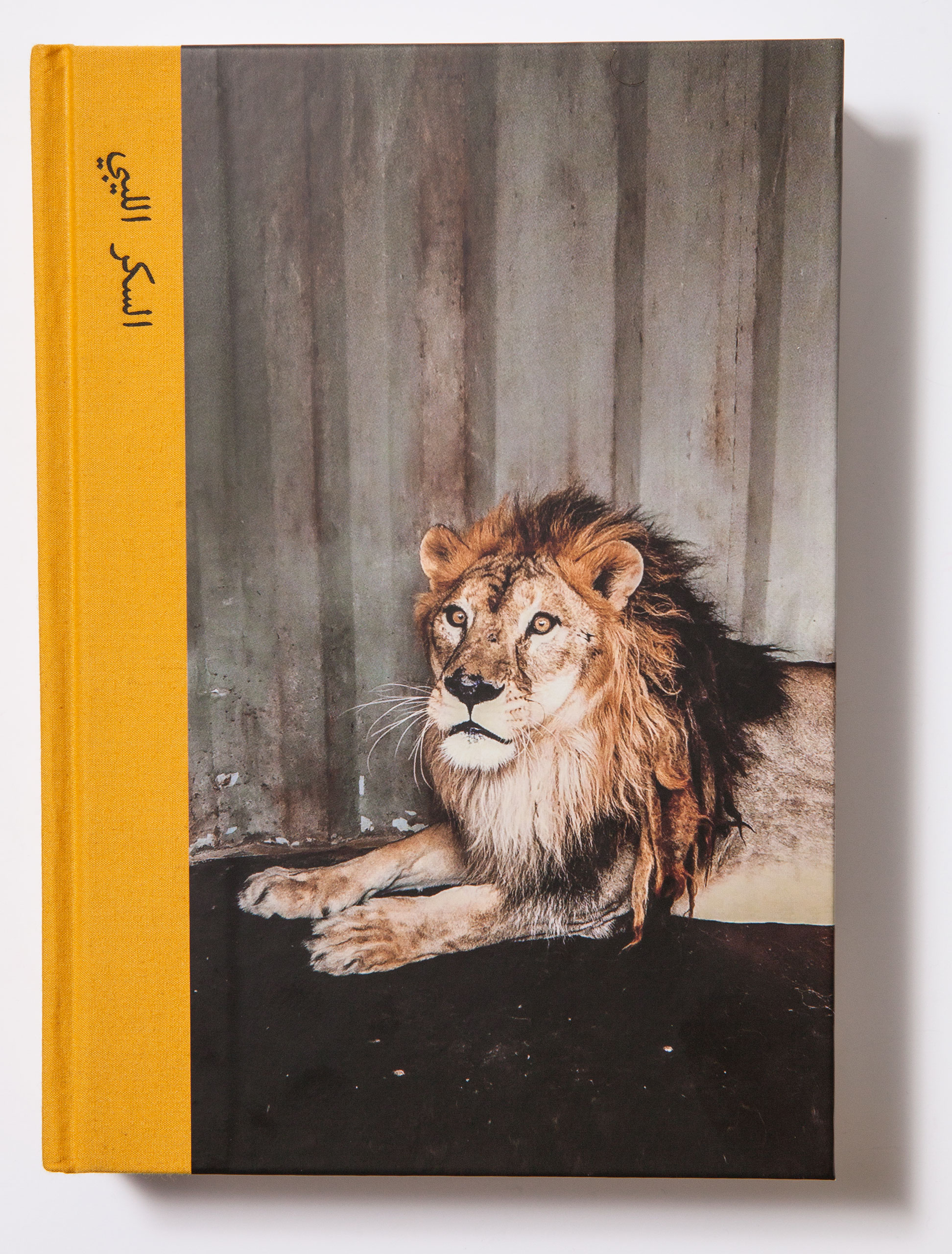
I first met Michael Christopher Brown, very briefly, in a nondescript café in downtown Benghazi during the Libyan revolution. I was traveling with one of my closest friends from university, Guy Martin, who would later be injured alongside Brown. While I was only in the country for a few weeks, I did gain an acute insight into the chaos and terror and violence of the situation that Brown’s work emerges from. And while I saw nothing like the extent of the carnage Brown documents, the iPhone images and writings that form Libyan Sugar, the photographer’s first book, feel familiar and reflective of the experience of being in Libya then.
The second time we meet is in a bar in Brooklyn, five years later. We talk about what changed in those five years—from the moment he made these pictures to the moment he finally shared them with the world. In these five years, he joined Magnum Photos. He grew up.
The way we make and share pictures has also changed in those years. Today everybody uses an iPhone to make pictures but in 2011 it was considered experimental to shoot on a smartphone. “When I was using a phone, I was a freak, man. I was criticized, I still am,” Brown says. “At first it kind of hurt, but then I realized it’s okay. So I’m a freak. Whatever.”
Brown is an unassuming man, with no remarkable characteristics. The 38-year-old photographer grew up in the middle of farmland where he worked the fields as a teenager. He describes his parents as “very self-effacing, very salt of the Earth kind of people.” He shares some of these characteristics. He speaks evenly and without drama. In person, his stories are unassuming too, even his war stories. There is some distance between Brown’s raw and visceral way of communicating in photographs, and the inconspicuous photographer who is sitting in front of me.
The War in Libya: Photographs by Michael Christopher Brown

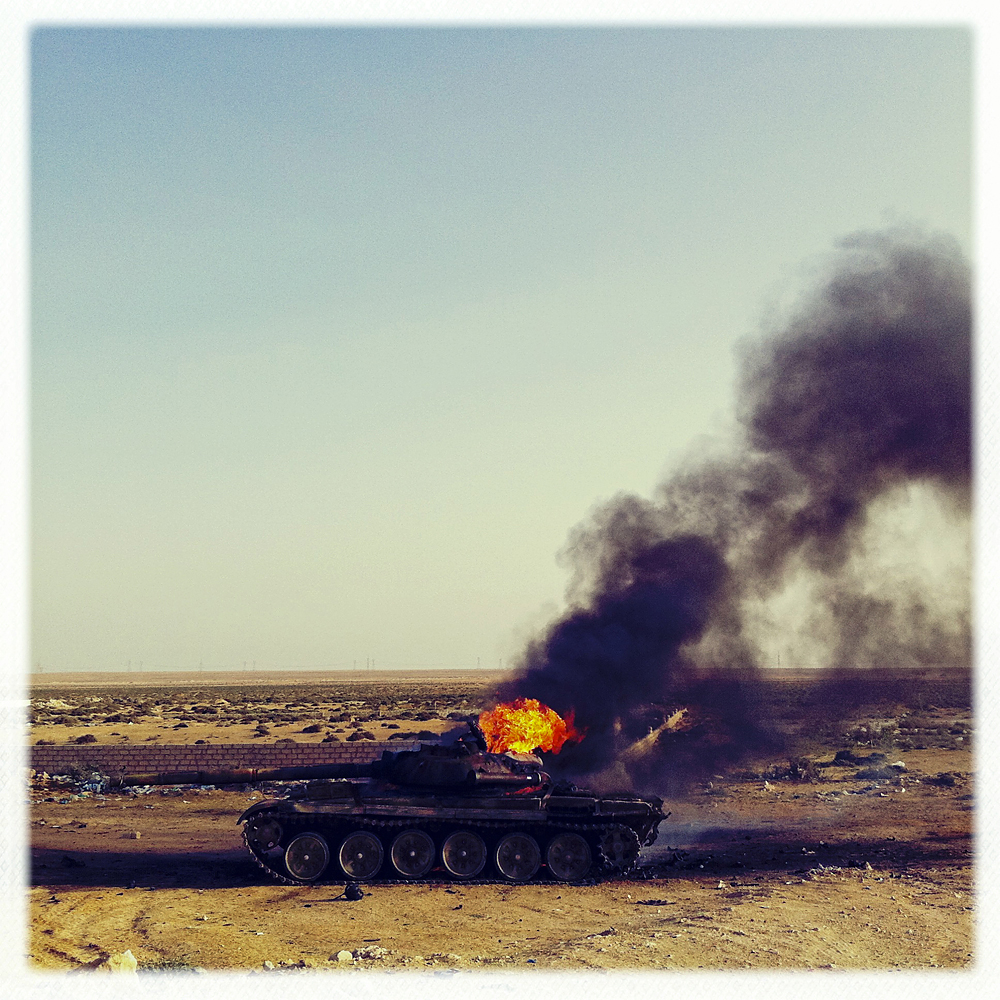

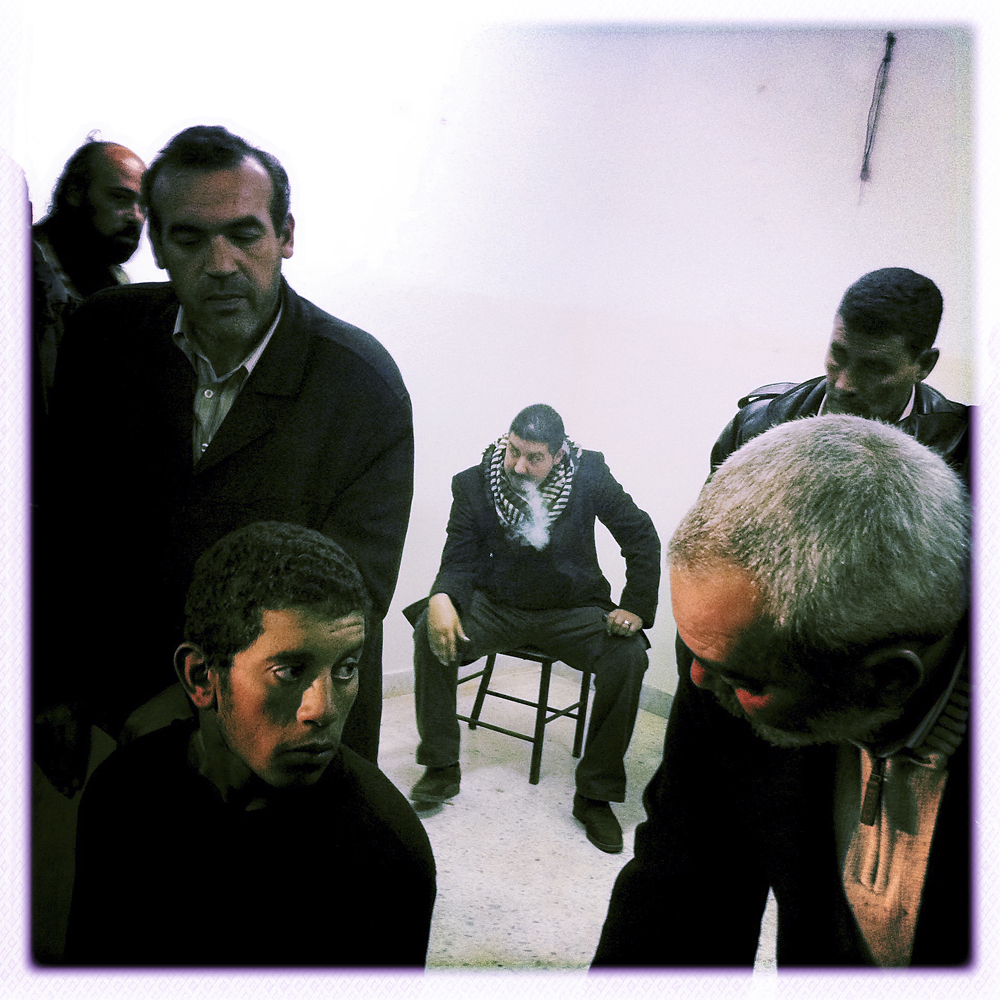





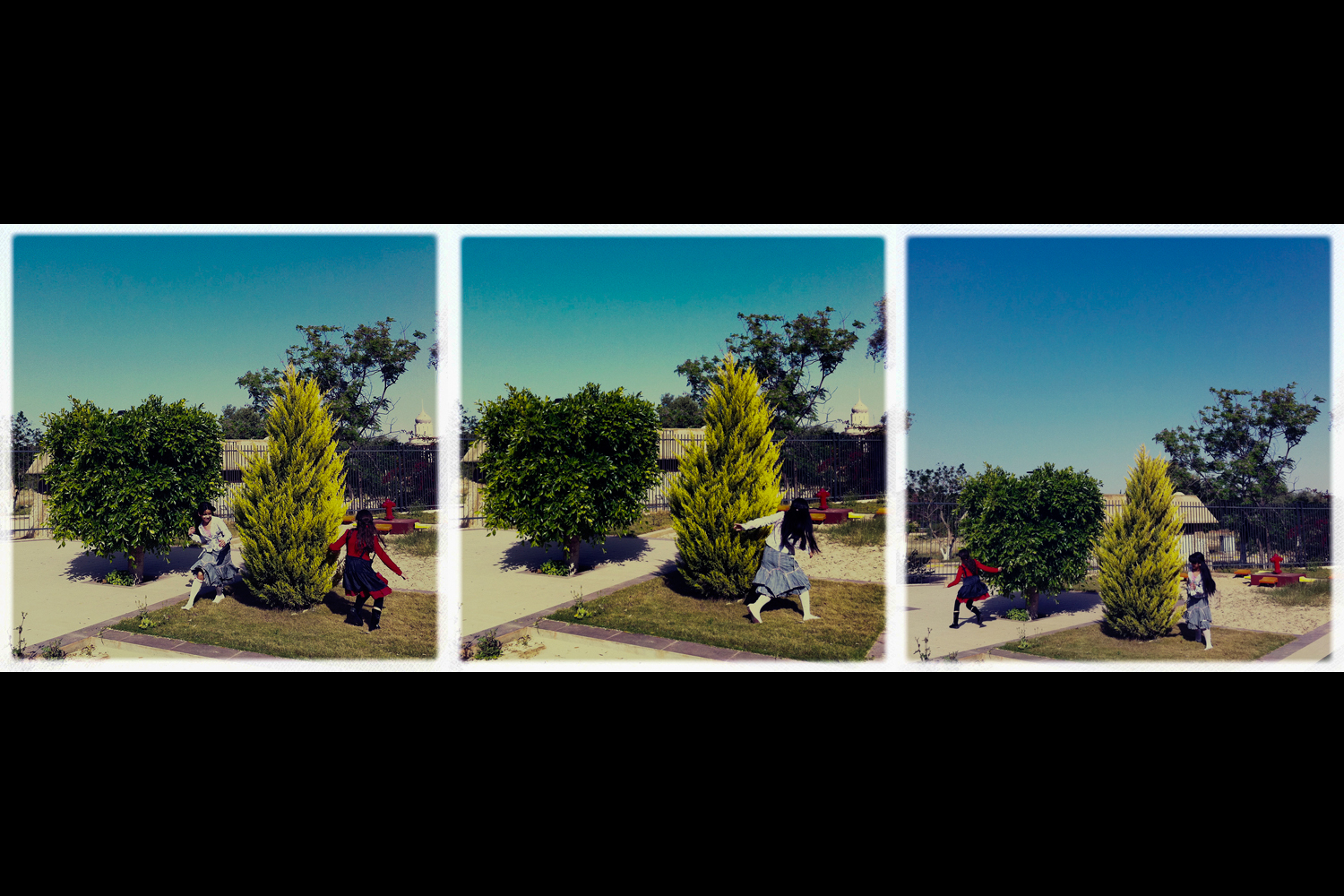






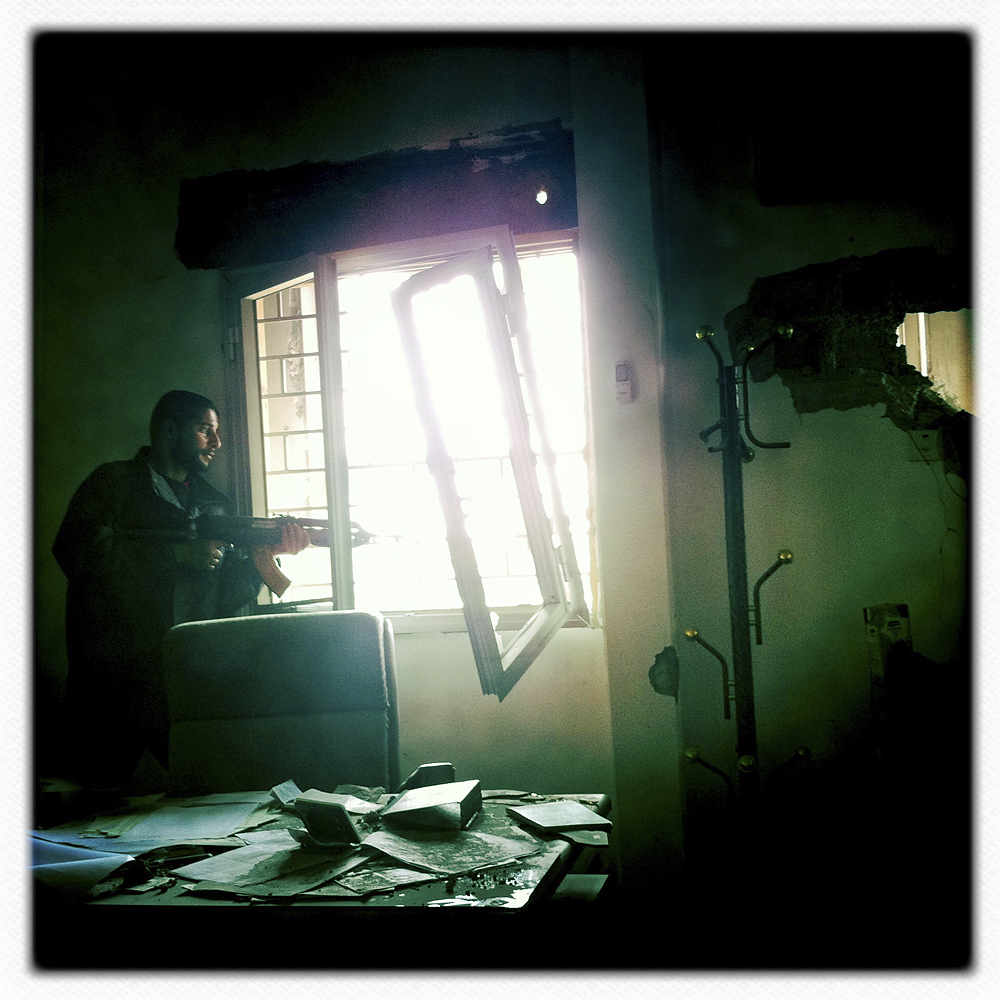



Libyan Sugar is not an easy book to sit with. The first time I tried to read it I gave up, crying, after 20 minutes. On the second attempt, it took me more than an hour to move through the 410 images of the Libyan revolution and the countless emails, diary entries and text messages between the author and his family and friends. I cried the second time too. War stories shouldn’t be easy, true war stories never are.
Tim O’Brien writes about this eloquently in his collection of fictional short stories The Things They Carried.
If at the end of a war story you feel uplifted, or if you feel some small bit of rectitude has been salvaged from a larger waste, then you have been made the victim of a very old and terrible lie. There is no rectitude whatsoever. There is no virtue. As a first rule of thumb, therefore, you can tell a true war story by its absolute and uncompromising allegiance to obscenity and evil.
I’m pretty sure that Libyan Sugar is a true war story.
It is a story about the 2011 war in Libya, but in many ways it could be a story about any other war. We can see the conflict in Brown’s photographs, but the photographer gives us little historical context about the country and the events that unfolded there.
Instead, Libyan Sugar is a personal story about one young man’s experience of the revolution, his reactions to seeing war for the first time, his relationship with violence, his trauma and his attempt at healing. This is not a photobook, despite the 410 photographs it contains. It’s a story about a photojournalist.
Libyan Sugar opens with an excerpt from Slaughterhouse-Five by Kurt Vonnegut, in which the narrator discusses the moral obligations of representing war with the wife of his friend. He promises not to depict World War II as a glamorous and romantic story that encourages young men to die for their country. Instead he promises to show that these soldiers were just babies, and call his book The Children’s Crusade.
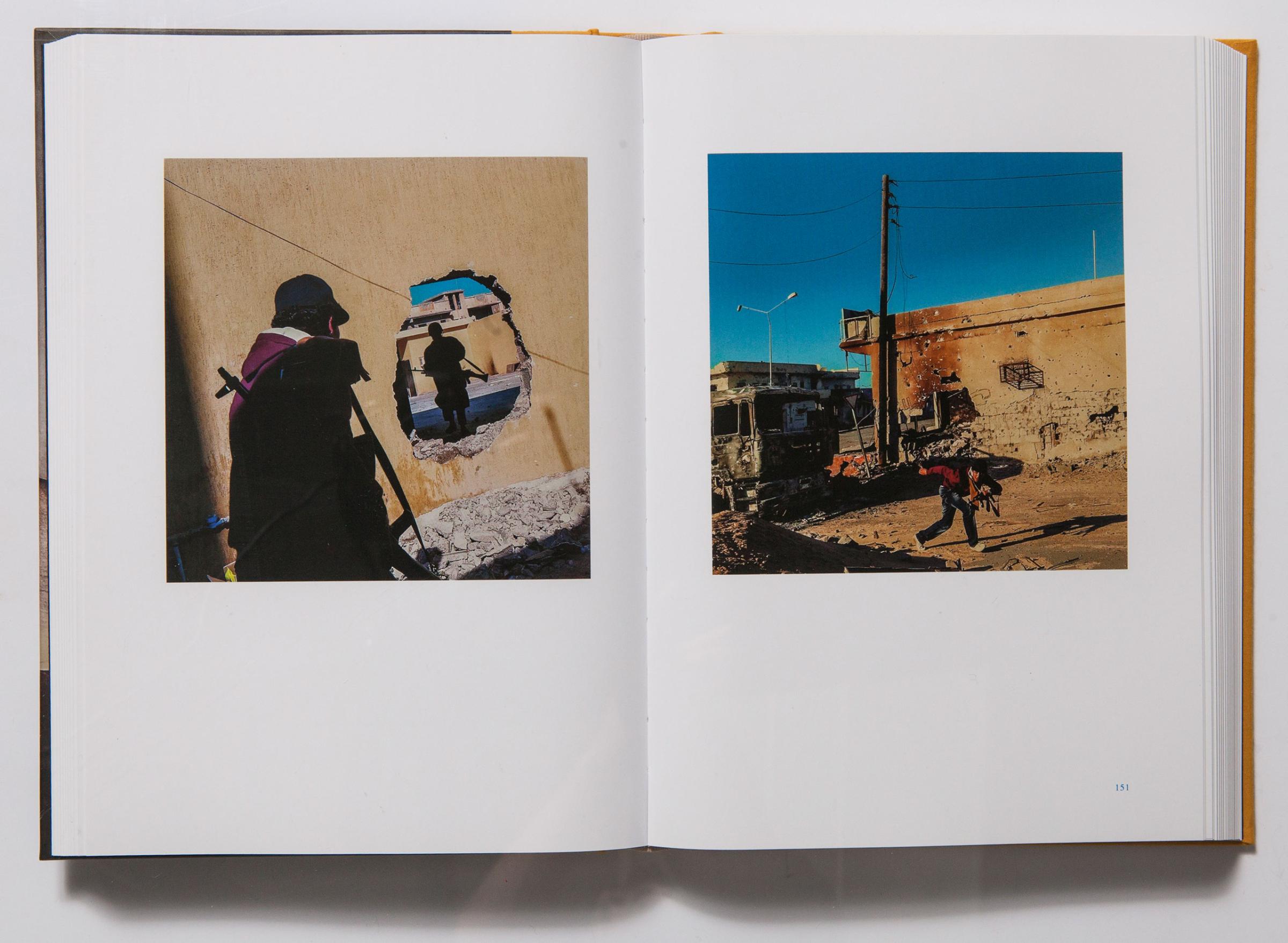
In Brown’s opus, it’s followed by a dedication “For the Revolutionaries” and it’s jarring; the word revolutionaries evoking the romantic and glamorous ideal of the young men who fought a bloody war. It stopped me in my tracks, as I wondered if the narrator was naïve; if he was going to glorify war. And I suppose he started out on this journey as a naïve young man. But, as I advanced through the book, I saw those naiveties slip away, away from Brown, away from his family and away from his pictures. “If I was going to contribute something, with honesty, about my experience I couldn’t be afraid to show that I was naïve,” says Brown. “I had this conversation with the publisher, where he was asking me if we should actually still call them revolutionaries, given that now they’re broken up and maybe some of them joined the Islamic State. But the book is from a certain period. These are complicated wars, but there was this atmosphere of these people standing up to the dictator – these people realizing that there was a chance to have this country for themselves again. I left ‘For the Revolutionaries’ because of this belief that the initial impression and the initial drive behind that entire revolution was a force of good.”
Like many of his colleagues, Brown wanted to witness history as a revolution engulfed yet another country during the Arab Spring. But, in the prologue of his book, he’s open about his deeper motives – his curiosity about war, a curiosity based on his family’s history of military service. By choosing to make himself part of this story, Brown breaks one of the golden rules of photojournalism, but he also breaks the myth of the war correspondent as he gives us an intimate look at what is happening beyond the frame.
This is achieved through the use of photographs Brown’s family sent him while he was in Libya. For example, the third image published in the book is taken by Brown’s father, Gary. It shows a pair of rolled-up newspapers that report the photographer’s evacuation to Malta after he was injured in Misrata on April 20, 2011 [the attack killed his colleagues, photographers Tim Hetherington and Chris Hondros].
The simple nature of the photo echoes Brown’s use of the iPhone to produce his work, borrowing on the visual language of citizen journalism. Libyan Sugar is not a book about great photography. In fact, it contains many images that would never win awards. But these images feel authentic, like the blurry CCTV footage that showed the aftermath of a murder or the shaky smartphone video that documented a massacre. They feel real.
This sense of authenticity is translated in the loose photographic sequencing in the first pages of Brown’s book. It starts, matter-of-factly, with Brown entering Libya in February 2011 as the revolution began. Inspired by the Arab Spring sweeping across the Middle East, anti-government protests erupted in Benghazi, calling for the Libyan dictator Muammar Gaddafi to be deposed after a 42-year rule. The violence quickly escalated and rebel military units were formed, which advanced, along the coastline, from Benghazi Westward.
Brown’s war story is raw rather than poetic, and the pictures leave me feeling like I’ve been punched in the face, instead of offering a sorrowful and beautiful visual requiem for the dead. It’s not quite like the anti-aesthetic onslaught of Gilles Peress’s forensic photographs of Bosnian mass graves in his book The Graves, but at times, it’s not too dissimilar.
The rawness of Brown’s photographs are balanced with an insight into the photographer’s psyche as he shares his correspondences with his family and friends.
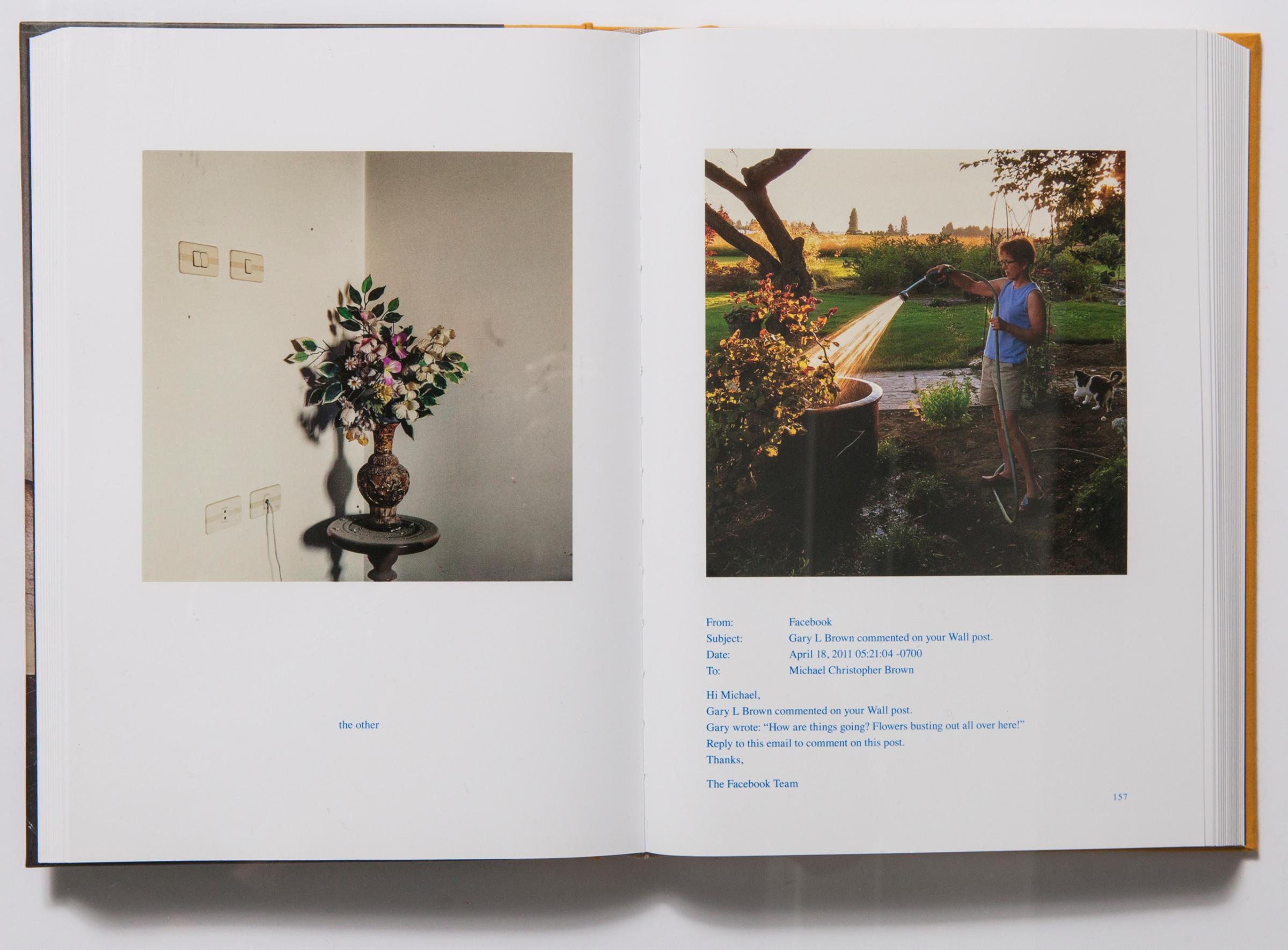
I asked Brown how he arrived at the decision to include this personal narrative and he told me that he had initially created a more traditional selection of images that didn’t include his emails, text messages and Skype conversations. But, he felt the work was missing something. “It was empty because it was missing what my experience was. That’s why I included my inner world, but it was mainly for me,” he says. “At some point I asked questions like, What is this about? And why am I making this? Why am I making these pictures? Why am I doing this? Why am I a photographer? What happened? What happened was there in the pictures, some of the pictures. But at the same time it wasn’t there at all”.
And there it is; the crux of it: “What happened was there in the pictures, some of the pictures. But at the same time it wasn’t there at all”.
For Brown, making this book became a cathartic exercise. He needed to make this book for himself. “This was a chance where I could capture that experience for myself. And so I realized I had to go through everything; hundreds of messages and emails. It was a way to get it out of my system and a way to see what it actually was, to let it breathe, to let it live. Because that’s what happened. This communication with my family happened, my thoughts and these experiences happened.”
These text messages and email communications, these excerpts from the photographer’s own diary entries are the very elements that give us the greatest insight into Brown’s experience. The early diary entries are overly romantic and naive. The thrill of adventure is evident in them, and also in the tone of his father’s messages. There’s no doubt that Gary Brown is engaged with his son’s experience, and also condones it. In one email he writes: “your impressions are important… freedom… you’re seeing it’s birth. kind of messy.”
But it is his mother’s messages that move me the most, perhaps because they remind me so much of my mother’s own messages. In one text, sent on March 17, 2011, Susan Brown suggests that he borrow a zoom lens so that he can photograph from a distance and stay safer. It is both funny and sad. As I read her message, I get the sense that Brown’s mother is beginning to understand the gravity of the situation. On that same day, the U.N. had imposed a no-fly zone over Libya, and two days later NATO began its bombing campaign against Gaddafi’s troops.
As I go through the book, and as I read his parents’ thoughts and messages, I realized that Libyan Sugar is as much his parents’ story as it is his. “I was asking myself the question, Is this a book about them, or is this a book about me? Is it a book about both of us?” says Brown. “For me it was about the relationship between Libya and home. It’s about going to war and going home. It‘s about the extremities in the human experience. It’s like extreme brutality and love. The love in the book is my relationship with family and friends.”
I wondered if his parents had any reservations about seeing so many personal messages becoming public. Susan wanted him to correct her spelling mistakes. “Why didn’t you correct those? I’m going to come across as some country bumpkin,” she asked him. And one uncle didn’t like a picture of him, so Brown excluded it, but that was all. For Brown’s father “there was never a question, he was like: ‘Yeah, go.’”
His father’s response isn’t surprising, considering how Brown’s relationship with him is deeply linked to his experience of photography. “When I was growing up my dad would always have slideshows for our family,” he says. “At least once a month, we’d gather there on the carpet and we’d just look at the slides that he had from high school. He would also photograph his hunting trips or his canoe trips. Or he and my mother on vacation and how they met. He taught me about photography and how to use the camera. And we would go around the valley and take pictures. It was really a way that we could connect.”
That connection is apparent in Gary’s emails and text messages with Brown. Regularly, he offers practical insights and advice as Brown navigates the country and his work. In one text he advises his son to look out for compartment syndrome after being shot in the leg. In another, he offers driving directions. “Saw map. There is a quick drive to ajdabiya that would bypass coast.“
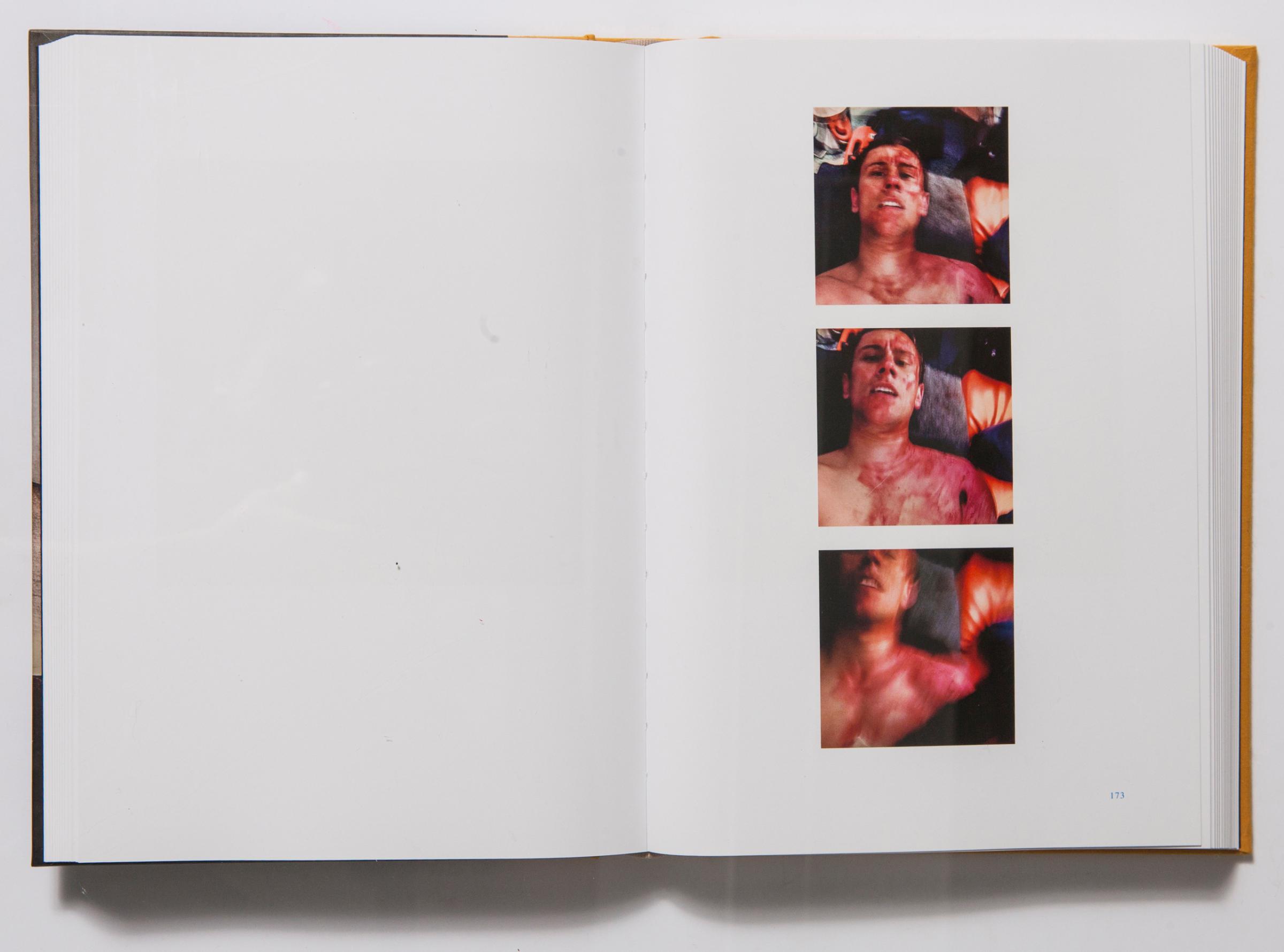
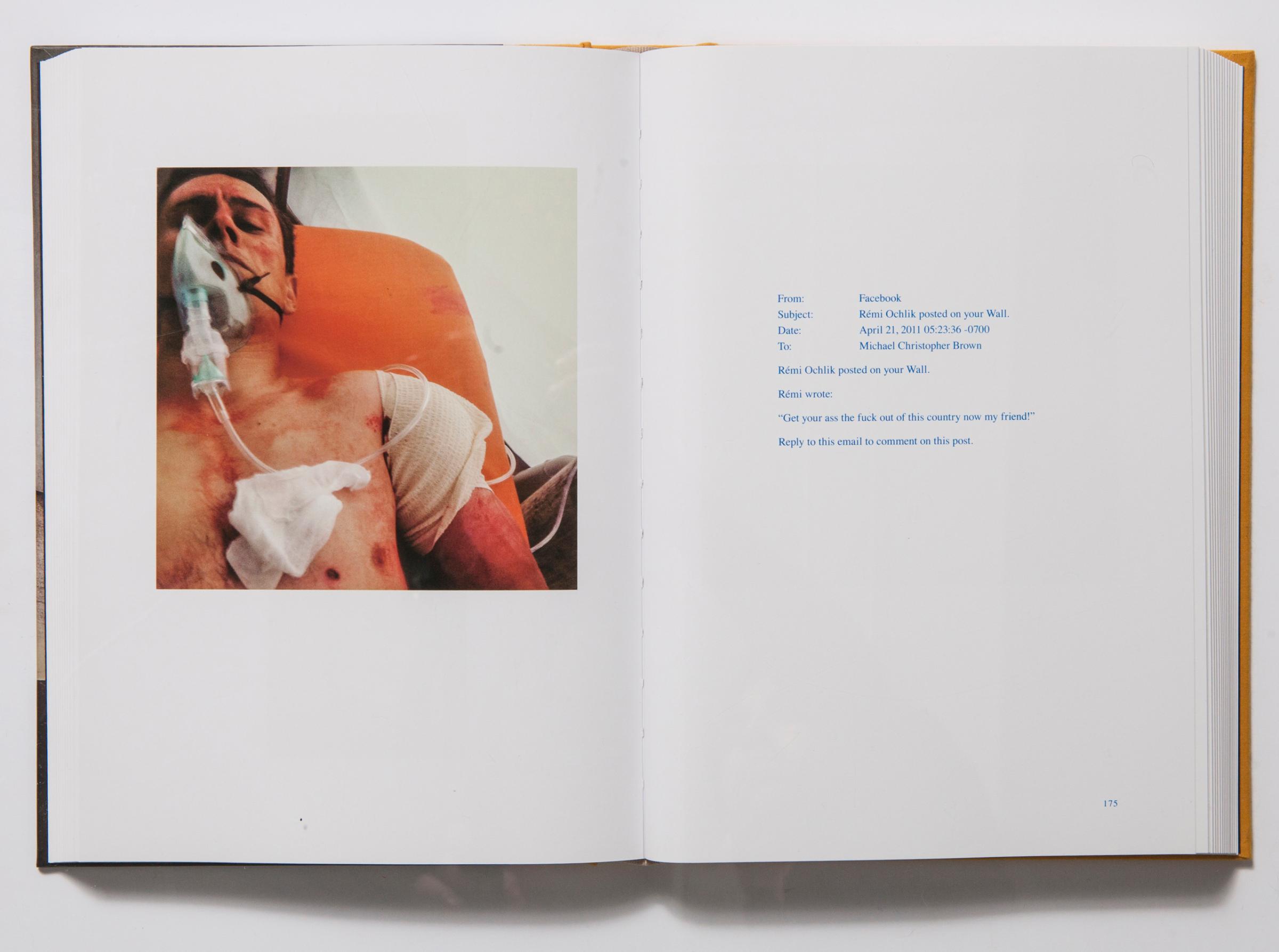
As the narrative moves forward into March and April, there is an impending sense of urgency as the conflict escalates. Brown travels into unfathomable close combat and urban fighting, culminating with the mortar attack of April 20, 2011, that saw Brown’s colleagues – Hetherington and Hondros – die. The sequencing of his images hits me hard. We see a series of portraits of Brown injured, his chest covered in blood, and then an overbearing presence of blood in each of the ensuing images. There is no text here, just relentless horror and a sense of the war thundering forward. One grotesque and frightening picture after another. Everything is broken, smashed, burnt and destroyed; living rooms, buildings, towns and bodies.
There are no images of Hetherington’s and Hondros’ bodies, even though footage of their death exists. That’s purposeful, says Brown, who admits that his decision to self-censor was a conflicted one. “When I saw these videos on YouTube of Chris and Tim after what happened, there was something indescribable,” he said. “And at some point I considered including screen shots of those videos. But I couldn’t do it, or I felt that it wasn’t necessary. Meanwhile I’m showing images of some mother’s son, who has maggots crawling over his face. And is that right? There’s certainly people in the book who can be identified by their parents, who would see that picture and say, who the f*ck is this guy, who is he to show my son in that way?”
This is particularly salient in the pages that follow his return to Libya after spending several weeks recovering from the attack at home. In those pages, Brown presents an unrelenting series of portraits of corpses, one after another. Death and more death. A sequence as grotesque and startling as those seen in Christoph Bangert’s book of self-censored grizzly war photographs War Porn.
Today, Brown is still unsure about his decision not to show his colleagues’ bodies. “I still go back and forth between that,” he says. “Because why should I censor images of my friends, and not other things. If I ever do another version of this, would I include those? Is it necessary? I don’t know.”

After Gaddafi’s death on October 20, 2011, the book, which also includes photographs of the dictator’s body, turns to the war’s aftermath – from the celebrations to the physical scars the conflict has left behind. We leave Libya, with Brown, in a closing series of aerial images.
I asked Brown what he was looking for back then in Libya, and whether it was to prove something to himself? He thought so, and spoke about struggling to leave the country even when he knew he should go home. “I was really testing myself. I wanted to keep going. And that was also part of wanting to stay in Misrata and going back into Tripoli at the end. It was like just trying to see how far I could go with things, you know.”
I wonder if Libyan Sugar is a record of Brown’s quest to know what happened in Libya? Or what happened to him there. A visual notebook, a document of his personal journey, a proof of life? Libyan Sugar is “about me and my story,” he says. “This exists. This happened, and this is the reason why I made the book for myself.”
For me, Libyan Sugar is worthy of comparison to Stanley Greene’s acclaimed and autobiographical book Black Passport. It’s a modern, internet-affected, social media savvy take on the age-old story of the hero’s return.
On days when my faith in photojournalism is frail, I wonder if it is even possible to communicate the experience of war to someone who has never seen it. How do we make war stories feel personal? How do we create pictures that still move people, when our photographs show the same horrors again and again, in different countries and conflicts? Maybe it’s through deeply intimate first person narratives like Brown’s Libyan Sugar.
Libyan Sugar by Michael Christopher Brown is published by Twin Palms Publishers.
Anastasia Taylor-Lind is a journalist, documentary photographer, Harvard Nieman Fellow 2016 and author of Maidan – Portraits from the Black Square.
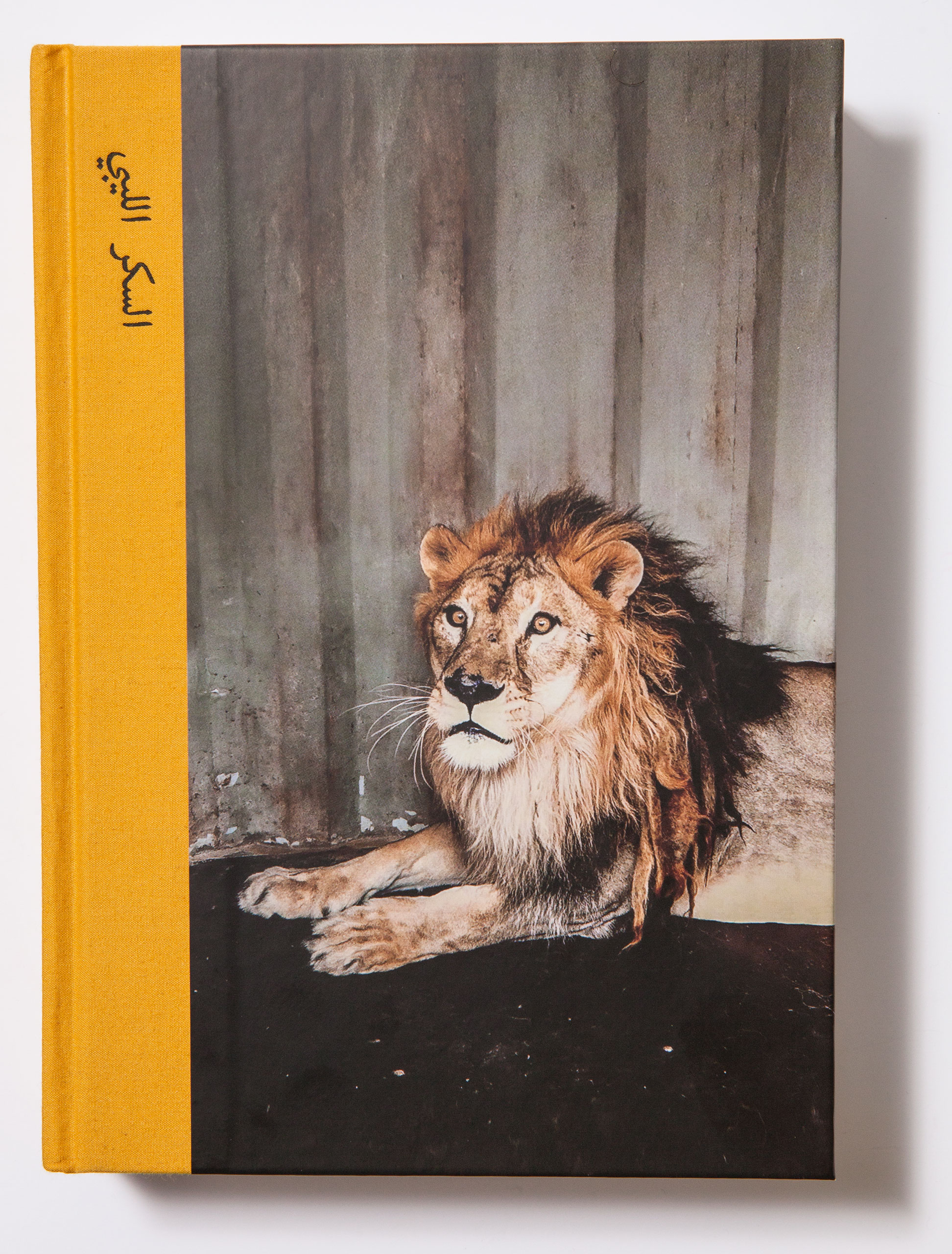

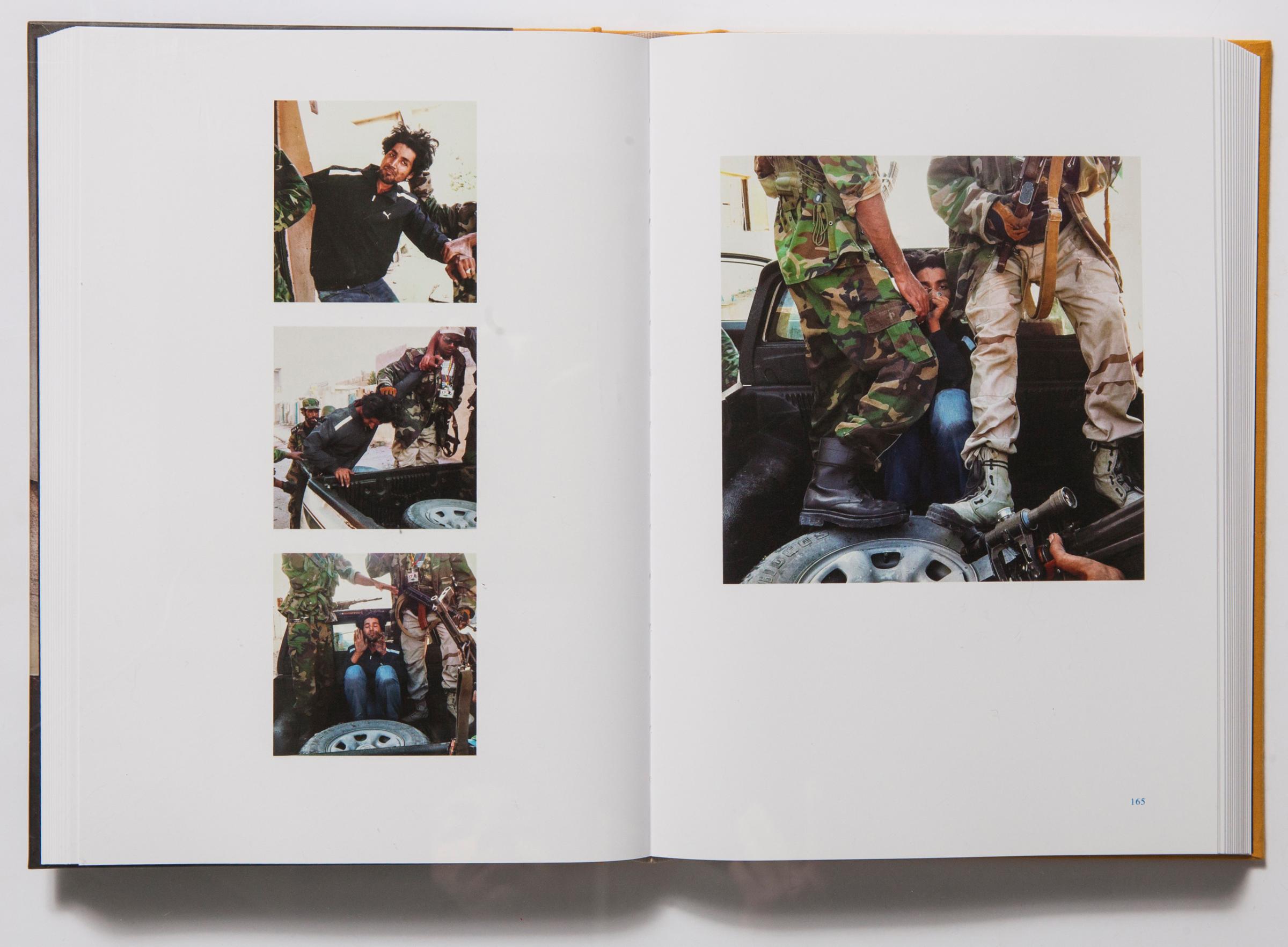


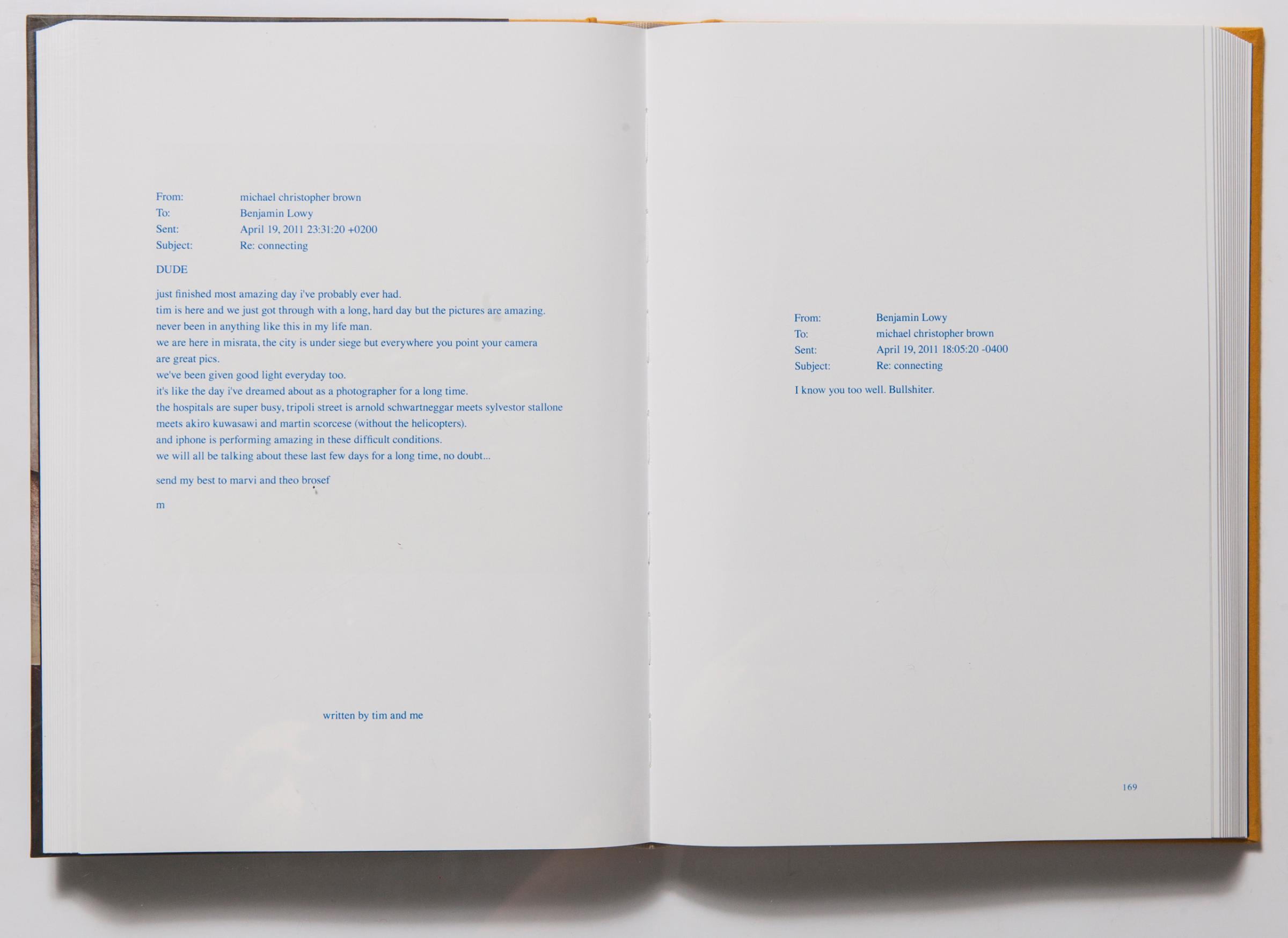




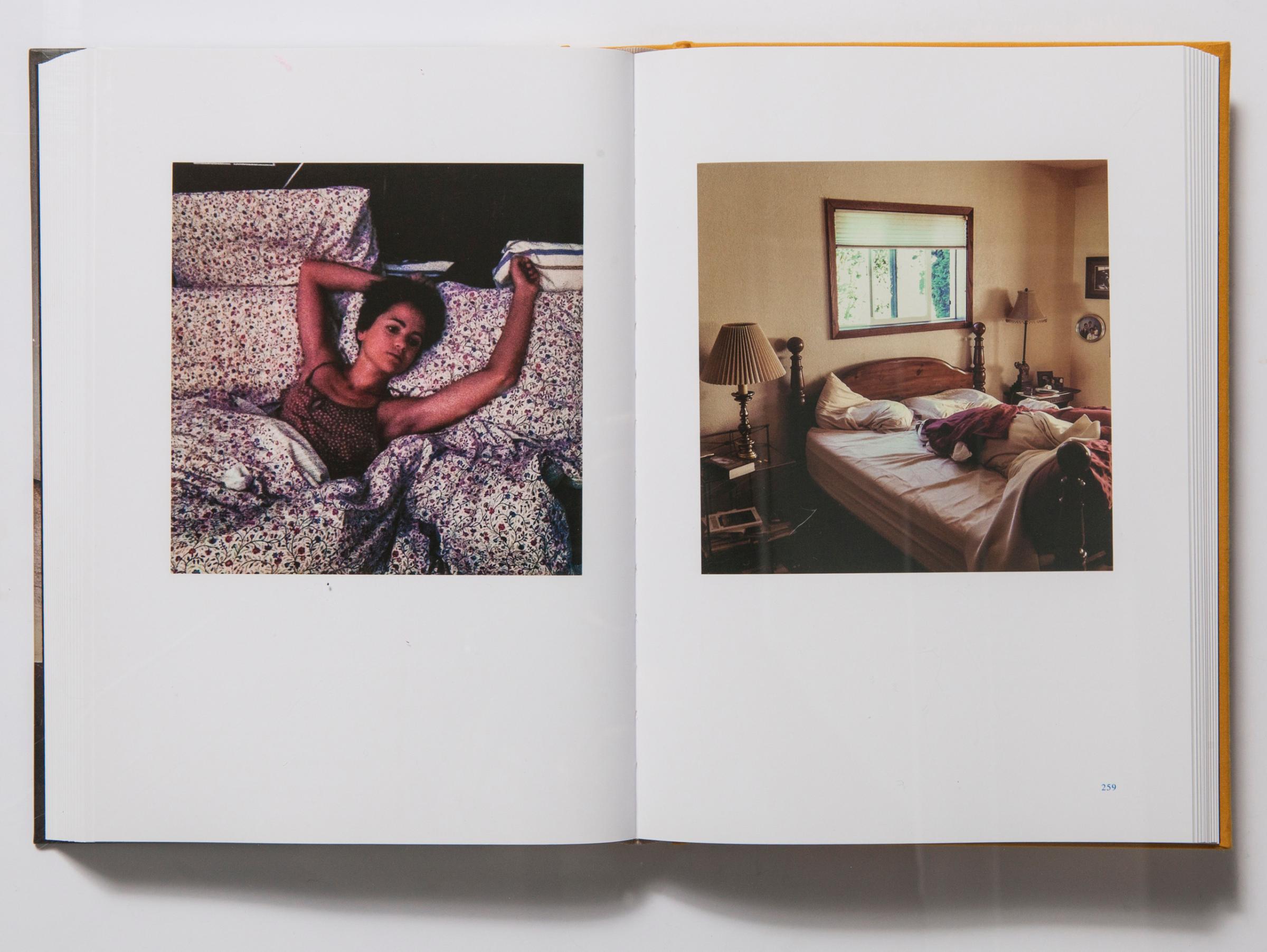


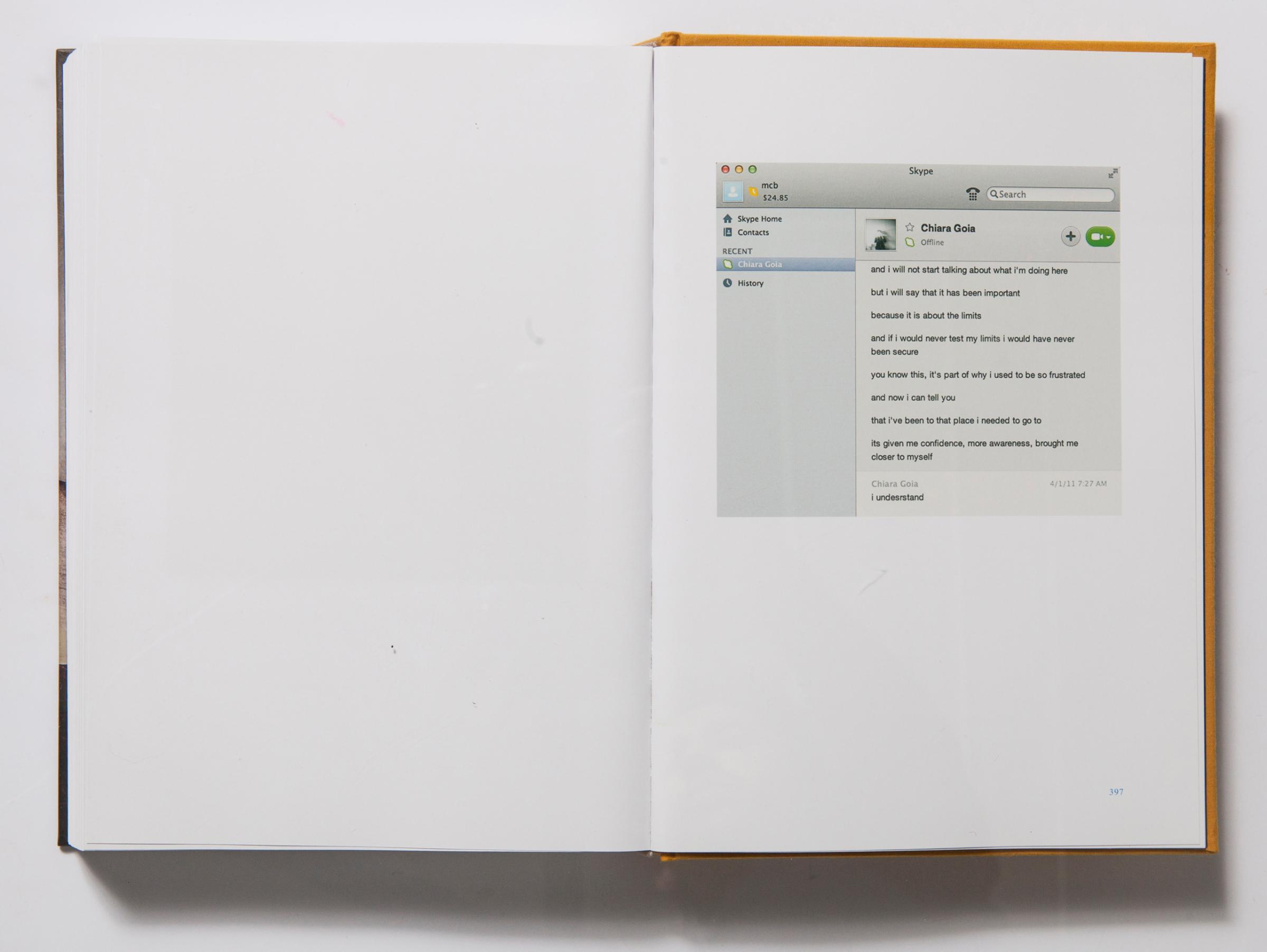
More Must-Reads From TIME
- The 100 Most Influential People of 2024
- The Revolution of Yulia Navalnaya
- 6 Compliments That Land Every Time
- What's the Deal With the Bitcoin Halving?
- If You're Dating Right Now , You're Brave: Column
- The AI That Could Heal a Divided Internet
- Fallout Is a Brilliant Model for the Future of Video Game Adaptations
- Want Weekly Recs on What to Watch, Read, and More? Sign Up for Worth Your Time
Contact us at letters@time.com